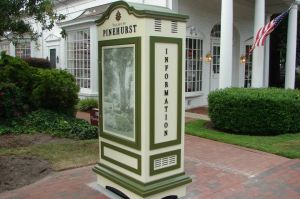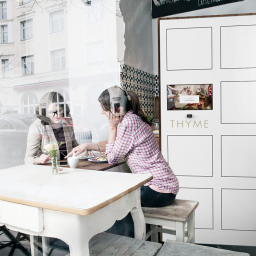Three Things You Should Know When Considering an Outdoor Kiosk Installment

Location
Location is extremely important when investing in an outdoor kiosk for many reasons. The kiosk needs to have a power source and, in many cases, needs to be able to connect to the internet. It’s important to have a solution in place for both power and internet ahead of installation. Another consideration for the location is the structure necessary to support the kiosk. Typically, a concrete pad will need to be put in place to support the structure; depending on the location, it’s important to know whether or not permits are required to meet local ordinances or codes. Finally, the location relative to sunlight is of critical importance. With all of these considerations, a site survey can help tremendously. This can typically be arranged by your kiosk providers support team. A certified technician would visit the site and make recommendations regarding all of these factors. It’s also important to always consider the end user when choosing an outdoor location. The kiosk should be in a location convenient for users and encourage engagement.
Climate
Outdoor kiosks are designed to be a durable, all-weather solutions. However, the climate is still an important factor to consider. Extreme humidity or extreme temperatures have to be taken into account when designing an enclosure so that proper components are put in place. For example, outdoor kiosks require high-bright screens; screens that put off a lot of light consequently create excess heat. Outdoor screens, then, typically need an air curtain to go along with a climate control unit for the kiosk enclosure itself. Additional design elements can aid in protecting against humidity. For successful outdoor solutions, climate will help determine the component set and configuration of the kiosk.
Cost
Cost is one of the more important factors to consider when determining whether or not an outdoor kiosk will meet your specific needs. Put simply, an outdoor solution will be more expensive than an indoor solution. From climate control to security features, an outdoor kiosk will require a more robust design, leading to additional costs. It’s important to consider your specific use case and determine whether an indoor kiosk can be used to provide the same results as an outdoor kiosk. There are many benefits to locating a kiosk outside, specifically, the ability to reach individual users who you may not otherwise reach indoors. In such cases, an outdoor kiosk will be required for the best ROI.
Location, climate and cost can either deter or increase interest in an outdoor kiosk. Outdoor kiosks can benefit companies looking for a wayfinding, storage, order entry, ticketing, vending, or bill payment solution, among others. If you believe an outdoor solution can help your business or organization, check back next week. We’ll be reviewing the process of a successful outdoor kiosk deployment.



